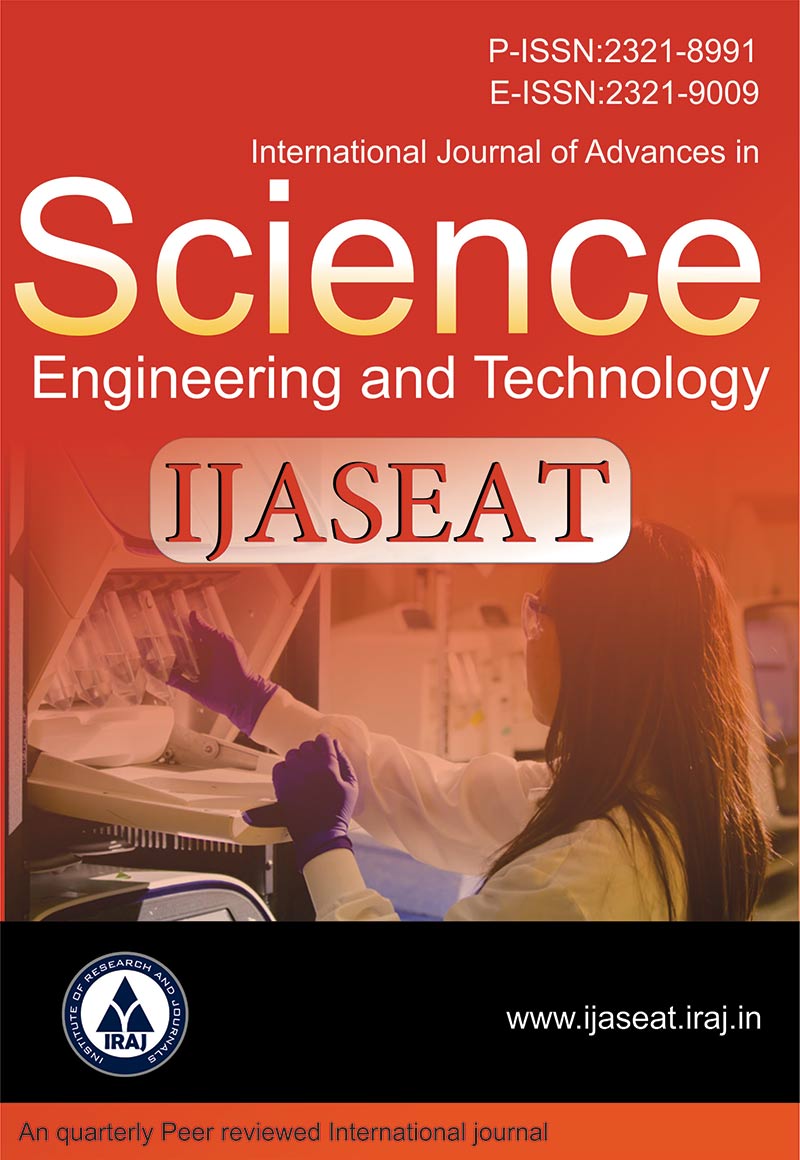Publish In |
International Journal of Advances in Science, Engineering and Technology(IJASEAT)-IJASEAT |
 Journal Home Volume Issue |
||||||||
Issue |
Volume-5, Issue-4 ( Oct, 2017 ) | |||||||||
Paper Title |
Mathematical Modeling and Numerical Simulation for Mycobacterium Ulcerans Tissue Invasion: A Macroscopic Model for The Buruli Ulcer Disease | |||||||||
Author Name |
Peter Romeo Nyarko, Ishmael Jesse Narh Adikorley, Peter Amoako-Yirenkyi, Isaac K. Dontwi | |||||||||
Affilition |
Kwame Nkrumah University of Science and Technology (KNUST), Kumasi, Ghana National Institute of Mathematical Sciences (NIMS), KNUST, Kumasi, Ghana | |||||||||
Pages |
41-48 | |||||||||
Abstract |
Buruli ulcer (BU) is a neglected, devastating tropical disease necrotizing skin and soft tissue and caused by infection with Mycobacterium ulcerans. The exact mode of transmission is still unknown, but the disease is believed to be transmitted by insect bites, preponderantly in the proximity of rivers, wetlands, and swamps. The bacteria M. ulcerans exude a polyketide lipid toxin, (mycolactone) that causes necrosis to skin and soft tissues and the formation of large ulcers. Understanding the etiology of the disease is very important for the treatment of BU. In this paper a mathematical model of the reaction-diffusion type is developed to account for the macroscopic effect of mycolactone diffusion on cell density, ECM fiber density, and the bacteria population. We numerically solve the coupled system of equations to illustrate tissue invasion with respect to the mycolactone diffusion, M. ulcerans growth, ECM fiber degradation and decrease in cell density in the tissue space as time evolves. The model predicts the extent of tissue invasion and can be used to guide surgery. Keywords- Buruli ulcer, Mycolactone, Mycobacterium ulcerans, Nonstandard finite difference, Reaction-diffusion equation. | |||||||||
| View Paper | ||||||||||